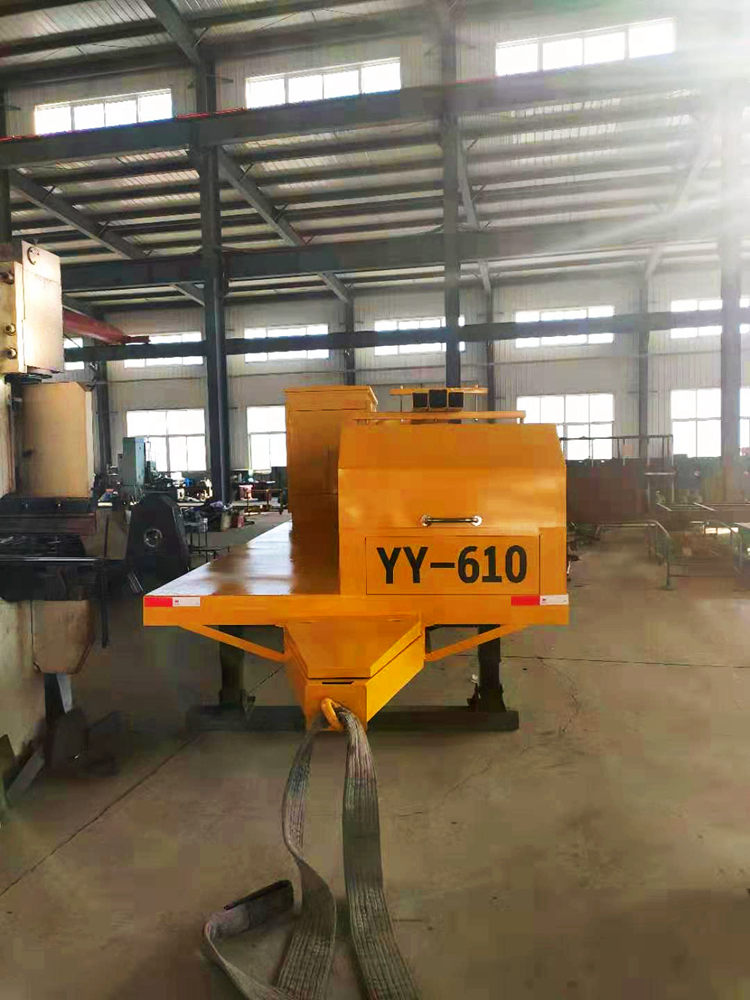
The Importance of Truck Fender Cold Bending Machines in Modern Manufacturing
In the landscape of modern manufacturing, precision and efficiency are paramount, particularly in the automotive sector. One noteworthy innovation aiding this mission is the truck fender cold bending machine. This specialized piece of equipment plays an essential role in the production of truck fenders, ensuring that they meet both the structural integrity and aesthetic demands of today’s automotive industry.
Understanding Cold Bending Technology
Cold bending refers to the process of shaping metals at room temperature without the need for heating. This technique is vital for maintaining the mechanical properties of the material, such as strength and hardness, which can be compromised through heating. Cold bending machines enable manufacturers to achieve complex designs and precise angles needed for truck fenders while reducing material wastage and production costs.
Key Features of Truck Fender Cold Bending Machines
Truck fender cold bending machines are equipped with several features that enhance their operational efficiency and output quality. Typically, these machines integrate advanced hydraulic or mechanical systems that provide the necessary force to bend high-strength steel or aluminum alloys.
1. Precision Modern machines employ computer numerical control (CNC) technology, allowing for high levels of precision in bending angles and dimensions. This ensures that each fender produced fits perfectly on the truck chassis, reducing the likelihood of defects and the need for costly rework.
2. Versatility Cold bending machines can handle various materials and thicknesses, making them suitable for different types of truck fenders, whether they are lightweight models for fuel efficiency or heavy-duty fenders designed to withstand harsh conditions.
3. Efficiency With automated features, these machines optimize the production process. They can operate at high speeds while maintaining quality, which is crucial in meeting market demands and minimizing lead times.

4. Safety Safety is a critical concern in any manufacturing environment. Modern cold bending machines often include safety features such as emergency stop buttons, protective guards, and advanced sensors that detect anomalies during operation, ensuring the safety of operators.
The Role in Truck Manufacturing
Truck fenders are not merely decorative; they serve crucial functions in the protection of both the vehicle and its occupants. They shield tires and other vital components from debris, improve aerodynamics, and contribute to the overall fuel efficiency of the vehicle. Consequently, the precision with which they are manufactured is essential.
The implementation of cold bending technology in fender production allows for intricate designs that align with contemporary aesthetics while also complying with safety standards. The ability to produce custom shapes rapidly caters to the evolving needs of the trucking industry, where vehicle personalization is becoming increasingly common.
Environmental Considerations
One of the often-overlooked benefits of using cold bending machines is their positive impact on sustainability. Because this process typically generates less waste than traditional hot bending methods, it contributes to more sustainable manufacturing practices. Additionally, the use of reclaimable materials in conjunction with efficient energy consumption techniques makes the operation of these machines more environmentally friendly.
Conclusion
As the automotive industry continues to evolve, the importance of specialized equipment like truck fender cold bending machines will only grow. By marrying precision engineering with efficient manufacturing processes, these machines represent a significant leap forward in the production of truck components. They not only enhance the quality and durability of truck fenders but also align with the industry's broader goals of sustainability and innovation.
In summary, the truck fender cold bending machine is an indispensable tool that embodies the intersection of technology and craftsmanship in modern manufacturing, setting new standards in the production of essential truck components. As manufacturers seek to meet the demands of a dynamic market, the evolution of these machines will likely play a pivotal role in shaping the future of automotive manufacturing.